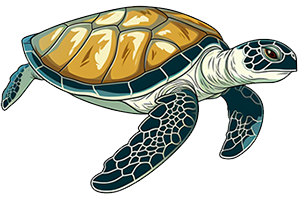Category: Worksheets
-
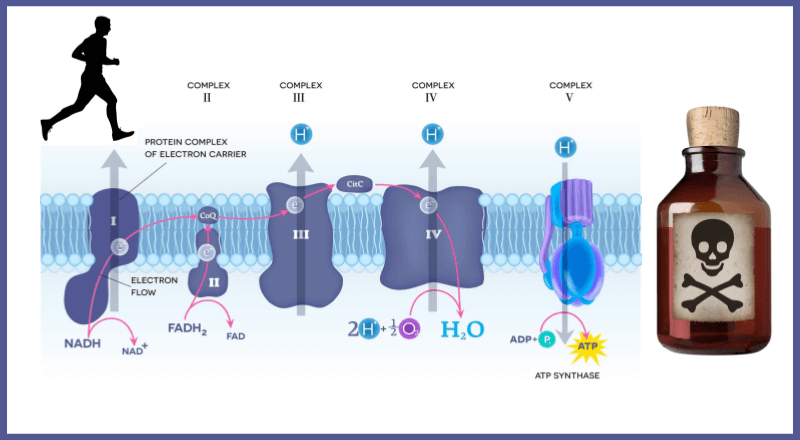
Cyanide: The Poison That Shuts Down ATP
If you’re looking for a high-engagement way to teach the electron transport chain, this case-study activity is a perfect fit. Instead of memorizing steps in isolation, students learn how cellular respiration works by investigating what happens when it stops. Follow the dramatic scenario of a runner who collapses after accidental cyanide exposure. The story hooks…
-

The Ultimate Lab Report Guide
Teaching students to write a formal lab report can feel… ambitious. Many of them are used to worksheets, short answers, and quick reflections, not multi-page scientific writing. But helping students learn to communicate like scientists is one of the most important skills we can give them. A well-written lab report shows not just what they…
-
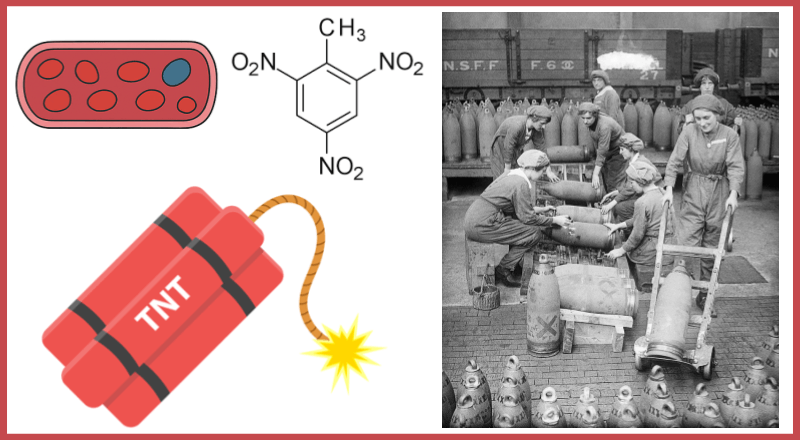
Case Study – Canary Girls and Toxicology
If you’re looking for a lesson that blends chemistry, physiology, history, and human stories in a way that truly resonates with students, the Canary Girls case study is a standout resource for your classroom. Based on the historical accounts featured in the book Canary Girls, this case study invites students to explore the real experiences…
-
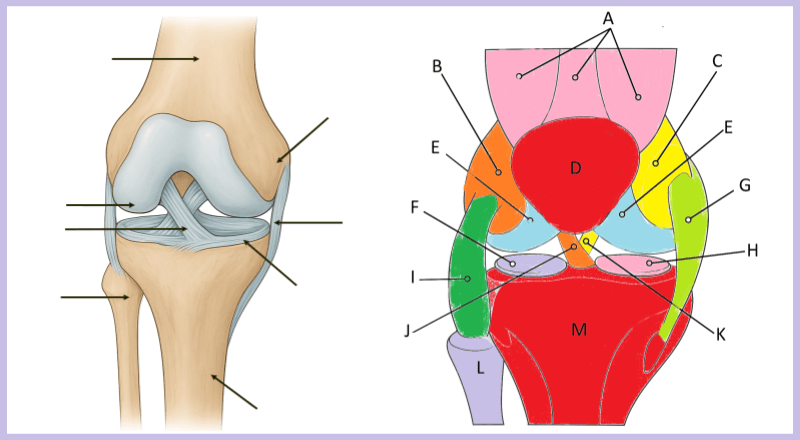
Explore the Anatomy of the Knee and ACL Injuries
Are you teaching the skeletal of muscular system and want a way to make knee anatomy more engaging for your students? This worksheet explores the most common knee injury in sports, a tear in the anterior cruciate ligament. This injury occurs when an extreme twisting of the knee tears the ligament that stabilizes the joint.…
-
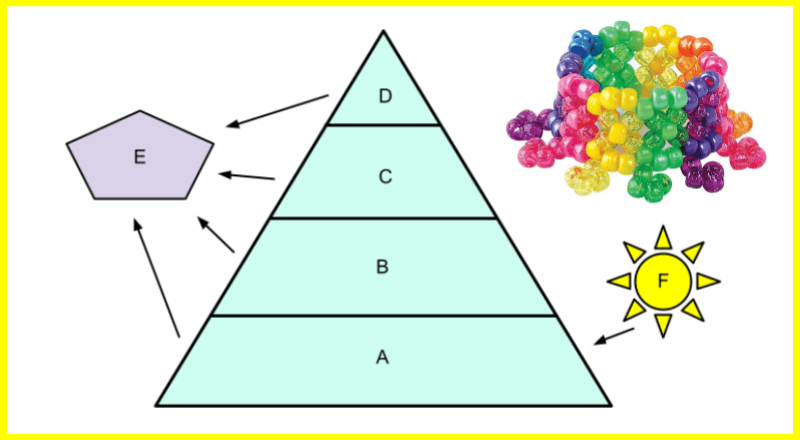
Modeling Ecological Pyramids
Looking for a way to include hands-on activities in an ecology unit? I’ve struggled with student engagement in this unit, mainly because so many of the concepts involve models. In this activity, students use beads to model the three types of ecological pyramids: pyramid of numbers, pyramid of biomass, and pyramid of energy. Each group…
-
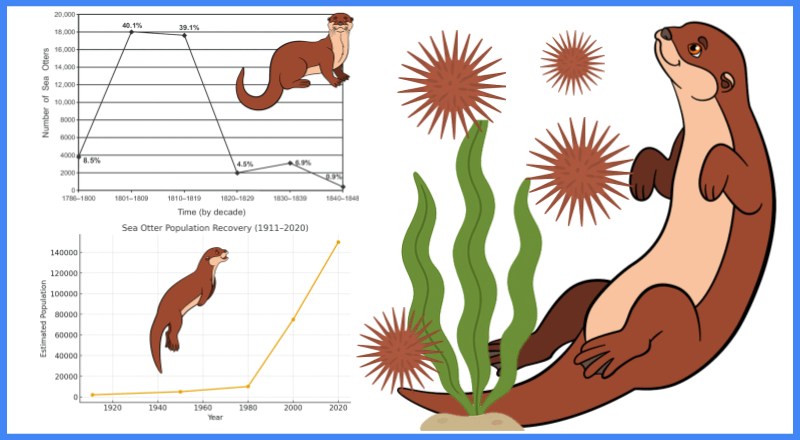
Case Study – Sea Otters and Kelp Forests
What if one small, furry animal could decide the fate of an entire ecosystem? That’s the story of the sea otter, a species once hunted nearly to extinction for its valuable fur, and now celebrated as a hero of the ocean. This case study resource is designed to bring that powerful story into the biology…
-
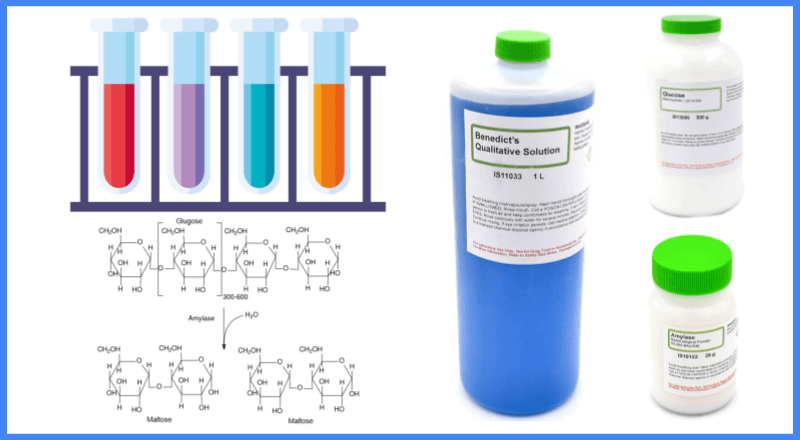
Investigation – Amylase and Carbohydrates
Are you looking for a way to give students a hands-on activity on biological macromolecules? This unit can be daunting for biology students because there is so much chemistry. This activity gives students a break from the vocabulary emphasis of the chapter and gets them into the lab and working with carbohydrates. Though I don’t…
-
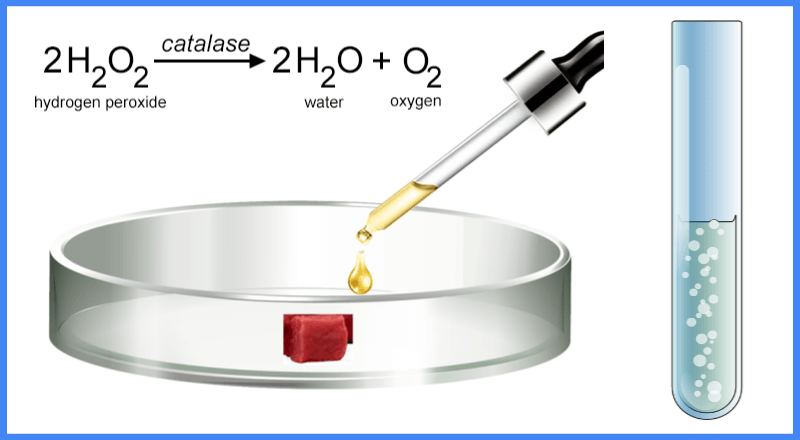
Lab: How Do Enzymes Work
Explore how enzymes work with this engaging lab. I redesigned this lab with freshman students in mind. The directions are simple. Students drop hydrogen peroxide onto raw liver, and observe the bubbling. The bubbles are oxygen as it is being released in the reaction. The lab handout includes a background section that explains how enzymes…
-
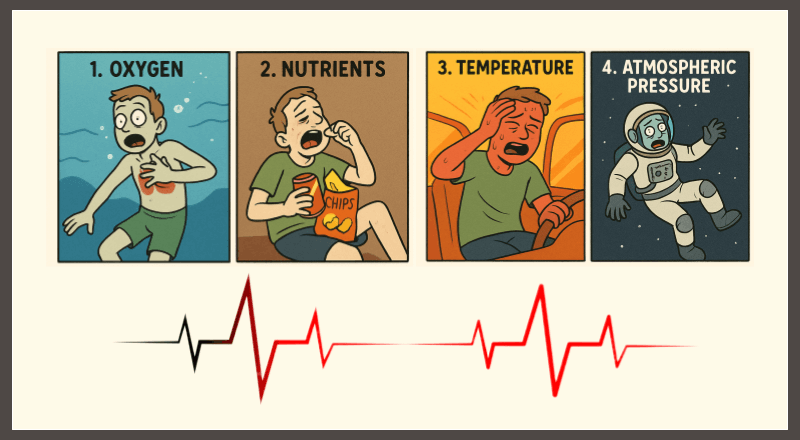
Requirements of Life – Alex’s Trials
When it comes to teaching the requirements of life, most textbooks keep it pretty dry. Listing oxygen, nutrients, temperature, and atmospheric pressure. Important, yes, but not exactly the kind of material that gets high school students leaning in. That’s where this worksheet comes in. Instead of listing facts, it follows the story of Alex, an…
-
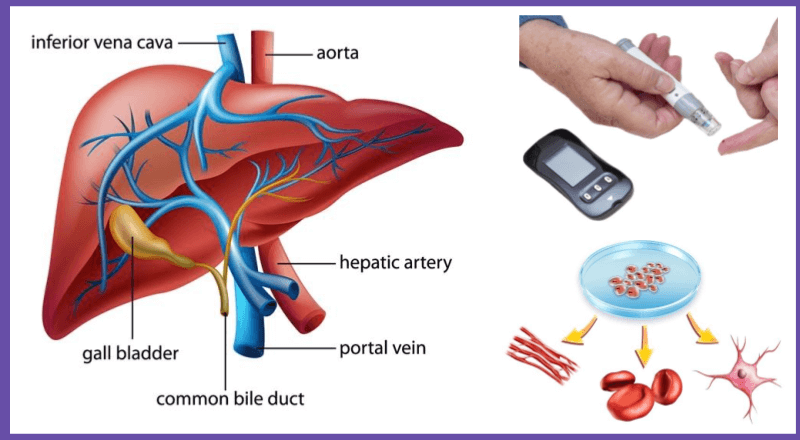
Stem Cell Therapy for Type 1 Diabetes
Teaching stem cells and medical applications can be tough, and students often struggle to connect it to the real world. That’s why I created this worksheet about a new treatment for Type 1 diabetes. Zimislecel, a cell therapy that uses lab-grown islet cells to restore insulin production. This stem cell therapy could reduce the need…
-
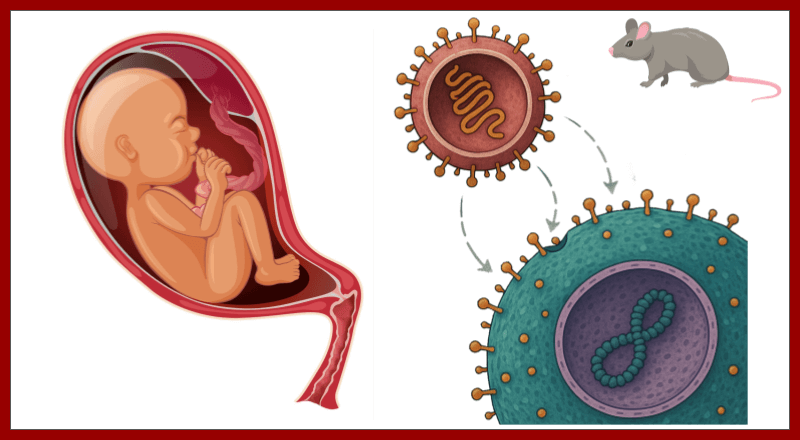
Case Study – The Placenta, MS, and a Viral Past
What if we told your students that a gene critical to human pregnancy came from a virus? And what if that same gene, when turned on in the wrong place, might play a role in multiple sclerosis? This is the real and fascinating story behind Syncytin-1, a protein that reveals just how tangled the relationship…
-

Case Study – Measles, Immunity, and Vaccines
How do you teach students that measles isn’t just “a childhood rash”? That it can erase years of immune memory—and even lead to serious complications like brain inflammation? Meet Maddie, the fictional but research-based subject of a new classroom case study. This resource brings science to life through narrative, helping students understand the biology of…
-
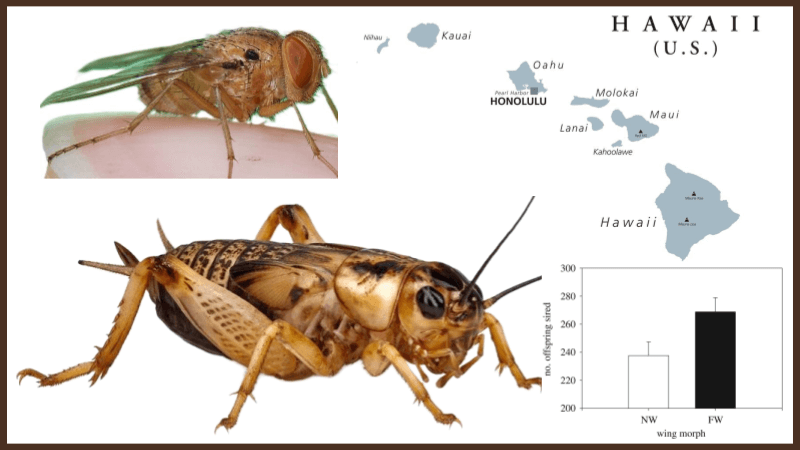
Case Study – The Cricket that Stopped Singing
Imagine this: on a quiet night in Hawaii, the usual symphony of chirping crickets suddenly vanishes. But it’s not just a natural lull — it’s the sound of evolution in action. This real-life phenomenon is the centerpiece of a ready-to-use biology case study perfect for your unit on evolution, natural selection, or animal behavior. It’s…
-

Case Study – The Island of the Colorblind
Looking for a high-impact, real-world genetics case study to bring recessive inheritance and population genetics to life? Let me introduce you to Pingelap Atoll, a remote island in Micronesia with a powerful story that blends biology, history, and human resilience. 🧬 What’s the Story? Pingelap is known as “The Island of the Colorblind”, thanks to…
-

Case Study – Sleepless, Not Tired
Ever wish your students were as engaged with biology as they are with Netflix? What if you could teach them about brain anatomy, genetics, and sleep regulation—all through the story of a real-life “super sleeper”? Enter “Sleepless, Not Tired”, a classroom-ready case study that follows Lena, a college freshman who only needs five hours of…
